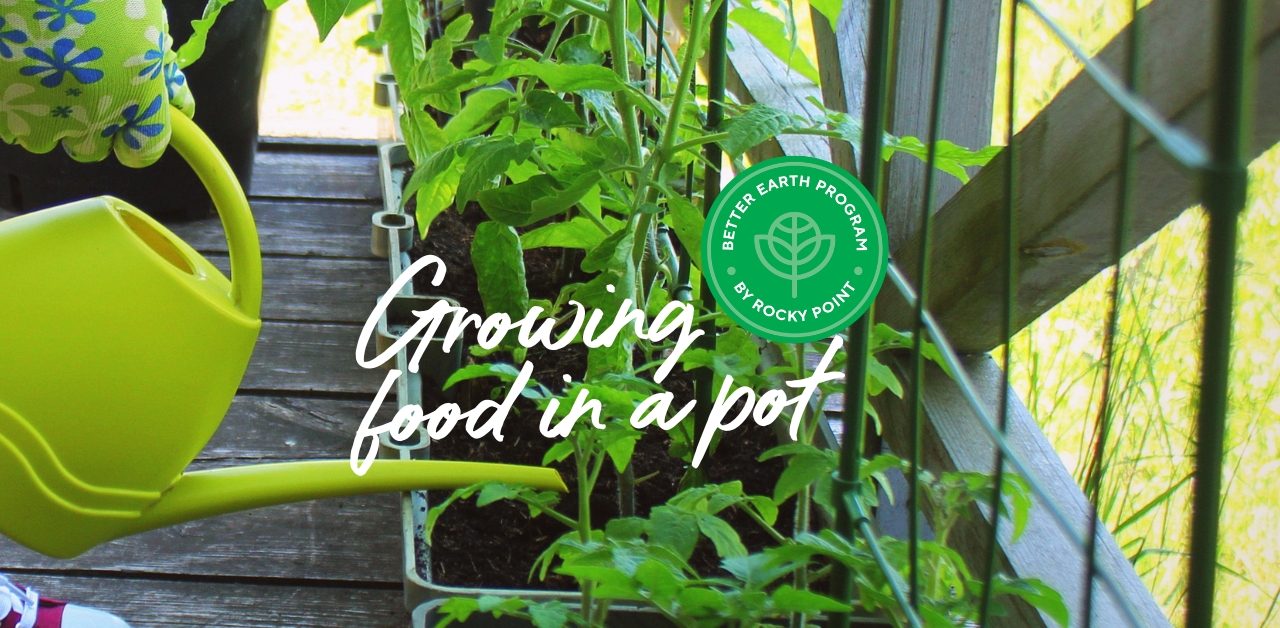FARM/ GARDEN: SPECIAL OFFERS FROM THE XMAS CATALOGUE
Here are our leading offers for farm and garden from the Xmas Catalogue. Prices may vary due to freight. Controls subterranean termites,…
Free Delivery when you spend $49 or more. (Weight Limits Apply – view more)
 Dog
Dog

Shop Tuckers great range of dog food, health care & wellness products today. Delivered or Click & Collect.
 Cat
Cat

Tuckers has a great range of cat food, health care & litter products for your beloved cat. Shop now.
 Horse
Horse

Tuckers carry a huge range of food, supplements, health care, hoof care and grooming accessories. Shop now.
 Chook/Bird
Chook/Bird

Tuckers range of food, accessories & health care products will keep your chooks & birds happy and healthy.
 Small Animal
Small Animal

Shop food and health care products for your little mates @ Tuckers. Delivered or Click & Collect.
 Farm/Garden
Farm/Garden

Tuckers carry a wide range of sheep & cattle products, plus everything you’ll need around the farm or garden.
 Dog
Dog

Shop Tuckers great range of dog food, health care & wellness products today. Delivered or Click & Collect.
 Cat
Cat

Tuckers has a great range of cat food, health care & litter products for your beloved cat. Shop now.
 Horse
Horse

Tuckers carry a huge range of food, supplements, health care, hoof care and grooming accessories. Shop now.
 Chook/Bird
Chook/Bird

Tuckers range of food, accessories & health care products will keep your chooks & birds happy and healthy.
 Small Animal
Small Animal

Shop food and health care products for your little mates @ Tuckers. Delivered or Click & Collect.
 Farm/Garden
Farm/Garden

Tuckers carry a wide range of sheep & cattle products, plus everything you’ll need around the farm or garden.
Home / Articles / Farm/Garden / GROWING FOOD IN POTS
Courtesy Rocky Point

Having a productive space doesn’t belong just for those that have acres of land or large gardens. There are a variety of reasons you may want to grow in containers even if you do have the space.
Growing edibles to help supplement your weekly grocery bill can be done even in the smallest of spaces like courtyards, small backyards, verandas, indoors and even rooftops.
Utilising vertical spaces such as pergolas, walls, fences and posts are also the new norm.
So, why grow in pots?
• Poor existing soil profile.
• Complete lack of soil due to paved areas and or concrete.
• Only having balcony/ veranda options.
• Movability, which may be needed due to seasonal changes, sun or shade requirements and prevailing winds.
• Proximity to house for ease of harvest.
• Ease of application of protective measures, such as exclusion netting to keep insects off. Or larger pests such as possums.
• Having raised planters can make weeding, planting, watering, and harvesting easier for the elderly, small children and those with mobility issues.
Some of the disadvantages of growing in pots, can be:
• Smaller crops in general can be experienced.
• Extra watering and fertilising will be required when growing in containers.
• Pot or container walls can become hot and will need to be monitored.
• Effort involved in possibly needing to repot or relocate containers.
Container choice. Make sure your container of choice has adequate drainage holes.
Are you choosing pots, baskets, troughs, raised planter beds, wicking beds or planter boxes?
Considerations will be positioning, and the weight of the container once filled with potting mix. Will it need to be moved at any stage? How will re-potting occur if needed?
Upcycled items can also make for quirky and creative containers for growing a few herbs and edibles.
Potting Mix: always choose a premium potting mix. For best results growing certified organic produce use Rocky Point Organic Potting Mix.
Regular watering: Plants grown in containers will need more water than ones grown in the ground due to the smaller area of soil that the roots can access moisture from.
To reduce watering needs, mulching the tops of containers can be beneficial. This will help reduce moisture loss. If you’re unsure of when to water, use a Rocky Point Plant Water Meter or the trusty old finger into the potting mix a couple of inches deep to check moisture levels.
Fertiliser: Most good quality potting mixes will have a certain amount of slow-release fertiliser in them, but this generally only lasts several months (check the bag for details). You will need to apply additional slow-release fertiliser and regular applications of liquid fertiliser will also be beneficial for your edibles to perform their best.
Location: Most vegetables and herbs like a full sun position, which equates to around 6 hours of direct sun per day.
Re-potting: potting mix doesn’t have an infinite life. It will break down over time and lose its capacity to hold moisture. Topping up or replacing potting mix completely can be done after each seasonal harvest.
What edible grows when, will apply to seasonal vegetables and herbs.
Entire range - quick and secure delivery
Buy securely online and pickup at your local store
Call your local store and come on down to pickup
© 2025 Tuckers Pet & Produce.
